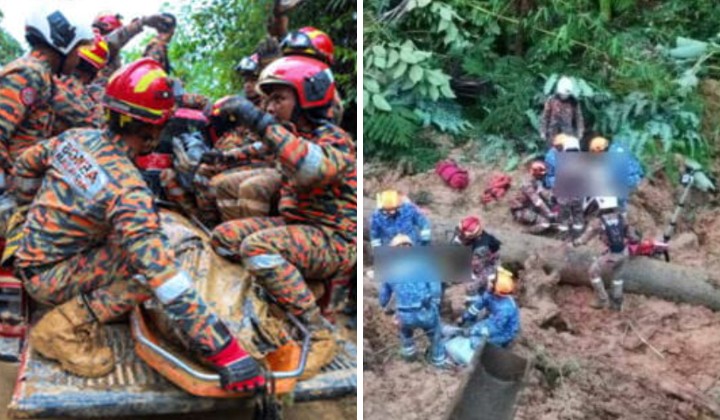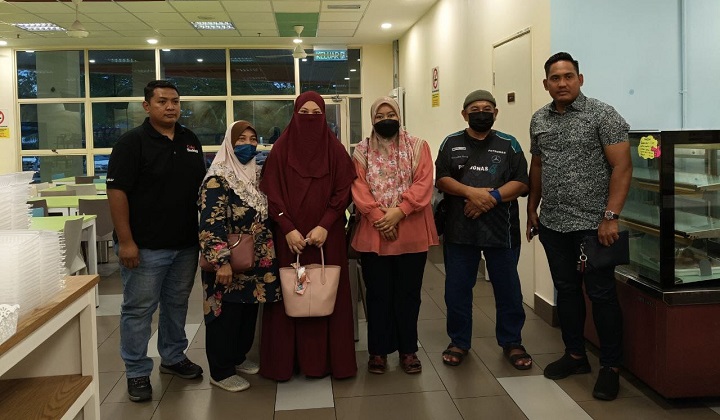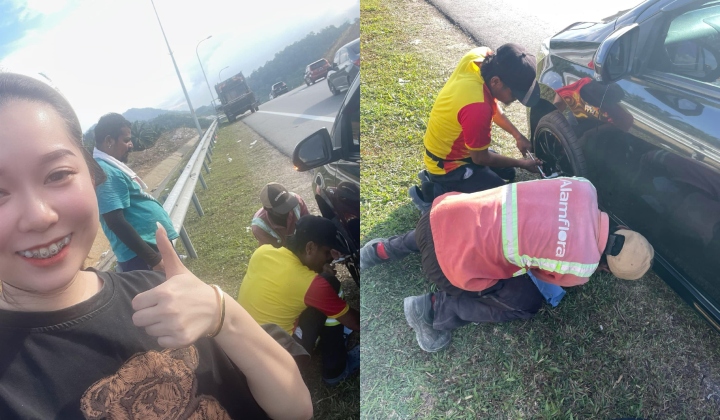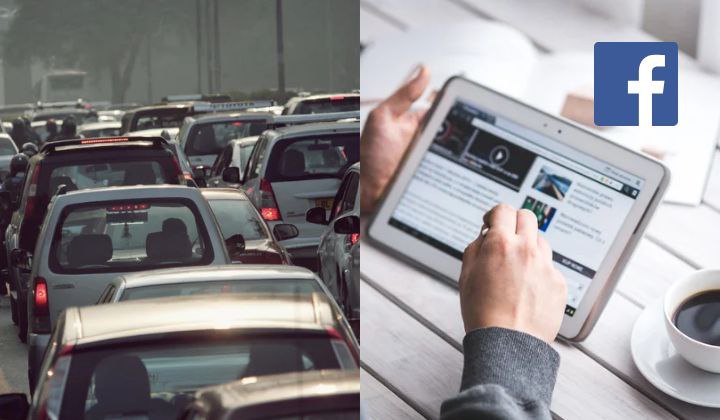Batang Kali Landslide: Sharing Photos Of Dead Bodies On Social Media Isn’t The Way To Bring Healing
Respect for the dead has been ripped apart by the advent of social media.

Subscribe to our Telegram channel for the latest stories and updates.
How many pictures of dead victims do you need to see before you understand that the landslide at Father’s Organic Camp is disastrous?
Sadly, some gruesome pictures of innocents have been shared on social media, which casually diminishes our empathy to the extent that we eventually become desensitized to all of it.
Some bodies are torn to pieces. One no longer has a head.
For humanity and decency, the media exercises caution and carefully considers which images could be made public.
As part of journalism ethics, the most violent parts are instead blurred out, and not everything is posted.
The dead must be given dignity and decency, and the public doesn’t need anyone to share the pictures to show they care.
Semua pihak diminta tidak berkongsi gambar yang mengaibkan mangsa-mangsa dalam kejadian tanah runtuh di Batang Kali.
— JaPen Selangor (@japenselangor1) December 16, 2022
Menurut Menteri Komunikasi dan Digital, Fahmi Fadzil, sebarang gambar mahupun video melibatkan kanak-kanak yang mengaibkan mangsa perlu dielakkan – pic.twitter.com/dujK7GXqZX
Waris mangsa dalam kesedihan yg amat
— Arin Muhammad (@arinmuhammad) December 17, 2022
Media : rakam dan tangkap gambar waris depan bijik mata
Not A Symbol For Public Consumption
A senior Fire and Rescue Department official reminds the public to stop posting photos of other people’s dead bodies on social media.
Speaking in anonymity, he said all search and rescue (SAR) personnel, including first responders, had been stringently instructed not to share images of dead bodies on social media.
This is a big no-no, especially if they are only posting the images for posting’s sake. Being professional and well-trained government agencies, we emphasis strongly on respect for other people’s privacy and personal space.
Senior Fire and Rescue Department to TRP on
He added that those who do so could be penalised for unauthorized photos of victims.
Unhealthily Addicted To Social Media
Social media has undoubtedly become Malaysia’s most popular social networking platform.
In Malaysia, Facebook (88.7%), Instagram (79.3%), and TikTok (53.8%) are the most popular apps for lifestyle and content sharing.
In other words, you and your friends aren’t the only people on social media.
Those images you share can easily be seen by a child or a young teenager, not to mention trauma survivors, accident survivors, relatives and acquaintances of the deceased.
Remember that these images could randomly pop up on their social media feed without warning or be shared in a Whatsapp group which is so common nowadays.
Dalam kita galak berkongsi berita insiden Batang Kali, jaga sensitiviti ahli keluarga / waris mereka dan jangan paparkan gambar / keadaan jenazah mangsa.
— Ili Aqilah (@theiliaqilah) December 16, 2022
Bear In Mind This Is A Person
Examining one’s ethics is hard because we all are liable to be a hypocrite in a small way.
A good way to respect other people’s privacy and personal space is by asking yourself these questions before sharing:
- Have you asked the deceased’s family’s permission to take this photo?
- Does posting this photo help solve a crime?
- Does it bring relevant awareness to an issue or inspire social change or action in the community?
- Are you uploading this photo mainly for attention?
Inform if the objective is to inform.
Honour the victim’s memory if you want to honour it.
21 mayat ditempatkan di Unit Forensik Hospital Sungai Buloh. Kini waris dalam proses pengecaman mayat keluarga. Proses berjalan lama dan akan bersambung esok. Semoga Allah beri kekuatan kepada mereka yang terlibat. FA
— Faisal Aziz ☕️🇲🇾 (@faisalazizfa) December 16, 2022
*** Gambar keluarga mangsa tiada di sini. pic.twitter.com/1Eny5xohN2
Share your thoughts with us via TRP’s Facebook, Twitter, and Instagram.





